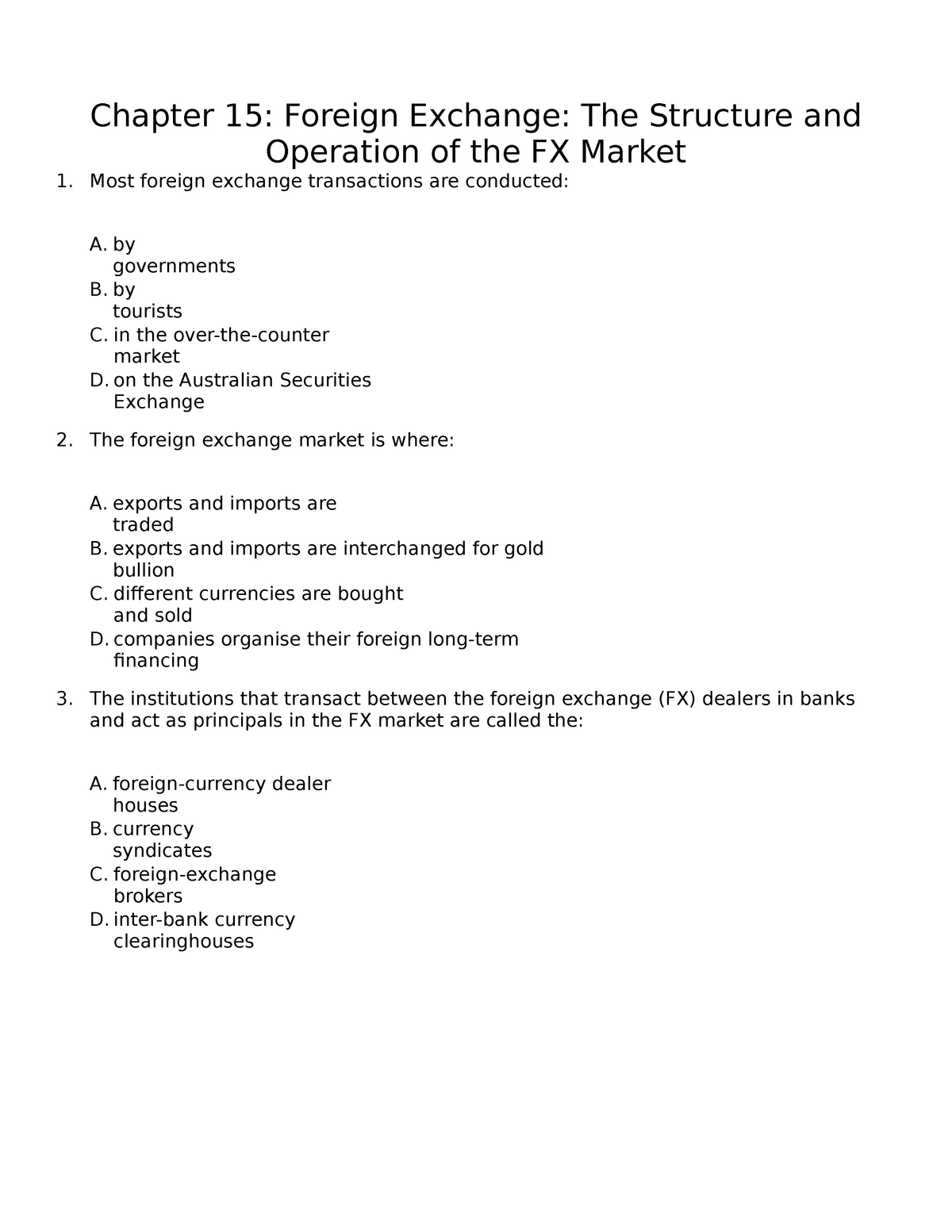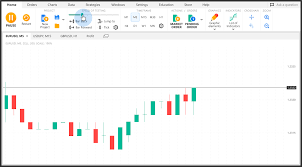
Diversification can protect investors from the risks of business and financial volatility. Investing in various financial investments can reduce unnecessary risk, while balancing the potential for reward and risk. Although this strategy may seem a bit risky for some investors, it's a great option for long-term investment. Find out how to get started and what the benefits are. We'll be discussing the three types risk investors face: systematic risk (large changes in market structure), and unsystematic risk.
Unsystematic risks are less widespread and more local.
Investors should diversify their portfolios to reduce unsystematic risk. There are two types, systemic risk and non-systemic risk. Systemic risks are caused by macroeconomic variables such as changes to monetary policy, natural catastrophes, and geopolitical turmoil, which can affect entire countries or industries. Unsystematic risks, on the contrary, are caused by specific factors within an sector, such internal and externe risks that can affect one business. Unsystematic risk can be reduced by diversification.

Systematic risk is broad, structural changes in the market
Recent systemic risks have been centered on investment banks. Complex financial contracts such as buying options are made by investment banks, and they can be subject to unexpected events. For example, Bank A might buy an option from Bank B and then fail due to bad investments in the housing market. Bank A's financial situation is affected by Bank B's bankruptcy. Bank A can then invest in 20 or more stocks that are from different sectors.
Portfolio diversification reduces volatility
One of the primary reasons that portfolio diversification is beneficial is that it minimizes the impact of the market's volatility. Diversification decreases volatility by decreasing reliance on one position. Columbia Management Investment Advisers has shown diversification decreases risk by decreasing correlation. While the effects of diversification on volatility vary from one asset to the next, the main purpose of diversification is to reduce the overall downside risk of your portfolio.
It reduces market swings' sensitivity
By dividing your portfolio into several asset classes, you reduce your sensitivity to market swings. Diversifying your portfolio may reduce adverse effects from any one event because different assets don't react in the same way. Diversifying your portfolio also gives you exposure to more opportunities for growth and return from markets outside of your country. Volatility in the United States might not have an impact on markets in Europe, for example.

It lowers inflation risk
When investing, diversification is important because it reduces your exposure to idiosyncratic and systematic risk. Idiosyncratic risk involves one type of investment losing its value due to the instability of another. Systematic risk means that one asset can be reliant on another to succeed. Diversification reduces these risks by holding assets with low correlation to each other. These investments will not be affected by similar factors, so your overall risk will be lower than if you were investing in a single asset class.
FAQ
What is the role of the Securities and Exchange Commission?
SEC regulates securities brokers, investment companies and securities exchanges. It also enforces federal securities laws.
What are the benefits of stock ownership?
Stocks are less volatile than bonds. The value of shares that are bankrupted will plummet dramatically.
However, share prices will rise if a company is growing.
Companies usually issue new shares to raise capital. This allows investors buy more shares.
Companies borrow money using debt finance. This gives them access to cheap credit, which enables them to grow faster.
When a company has a good product, then people tend to buy it. The stock will become more expensive as there is more demand.
As long as the company continues producing products that people love, the stock price should not fall.
What is a Reit?
A real estate investment Trust (REIT), or real estate trust, is an entity which owns income-producing property such as office buildings, shopping centres, offices buildings, hotels and industrial parks. These are publicly traded companies that pay dividends instead of corporate taxes to shareholders.
They are similar companies, but they own only property and do not manufacture goods.
How are securities traded
The stock market allows investors to buy shares of companies and receive money. Investors can purchase shares of companies to raise capital. These shares are then sold to investors to make a profit on the company's assets.
Supply and Demand determine the price at which stocks trade in open market. When there are fewer buyers than sellers, the price goes up; when there are more buyers than sellers, the prices go down.
You can trade stocks in one of two ways.
-
Directly from the company
-
Through a broker
How can people lose their money in the stock exchange?
Stock market is not a place to make money buying high and selling low. You lose money when you buy high and sell low.
The stock market is for those who are willing to take chances. They are willing to sell stocks when they believe they are too expensive and buy stocks at a price they don't think is fair.
They are hoping to benefit from the market's downs and ups. But they need to be careful or they may lose all their investment.
Statistics
- "If all of your money's in one stock, you could potentially lose 50% of it overnight," Moore says. (nerdwallet.com)
- Individuals with very limited financial experience are either terrified by horror stories of average investors losing 50% of their portfolio value or are beguiled by "hot tips" that bear the promise of huge rewards but seldom pay off. (investopedia.com)
- Ratchet down that 10% if you don't yet have a healthy emergency fund and 10% to 15% of your income funneled into a retirement savings account. (nerdwallet.com)
- US resident who opens a new IBKR Pro individual or joint account receives a 0.25% rate reduction on margin loans. (nerdwallet.com)
External Links
How To
How to make a trading program
A trading plan helps you manage your money effectively. It helps you identify your financial goals and how much you have.
Before you begin a trading account, you need to think about your goals. You may want to make more money, earn more interest, or save money. You might want to invest your money in shares and bonds if it's saving you money. You could save some interest or purchase a home if you are earning it. Maybe you'd rather spend less and go on holiday, or buy something nice.
Once you know your financial goals, you will need to figure out how much you can afford to start. This depends on where you live and whether you have any debts or loans. It is also important to calculate how much you earn each week (or month). Income is what you get after taxes.
Next, you will need to have enough money saved to pay for your expenses. These include rent, food and travel costs. Your monthly spending includes all these items.
You'll also need to determine how much you still have at the end the month. This is your net income.
Now you've got everything you need to work out how to use your money most efficiently.
To get started, you can download one on the internet. Ask someone with experience in investing for help.
Here's an example: This simple spreadsheet can be opened in Microsoft Excel.
This displays all your income and expenditures up to now. You will notice that this includes your current balance in the bank and your investment portfolio.
Here's an additional example. This was created by a financial advisor.
It will help you calculate how much risk you can afford.
Remember: don't try to predict the future. Instead, you should be focusing on how to use your money today.